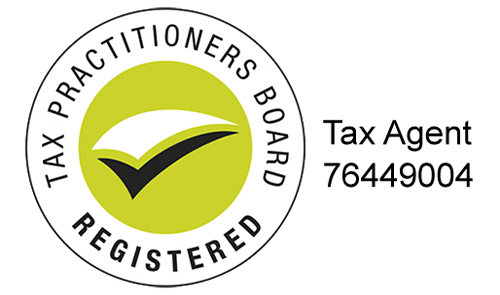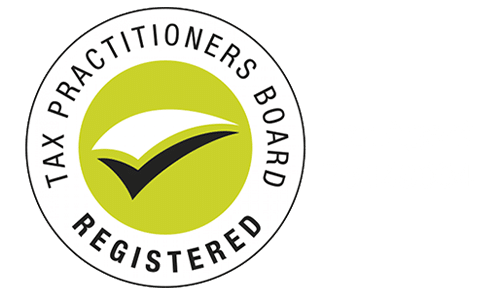Do you perform errands from your workplace in your own vehicle? Do you use your car to carry bulky work tools and equipment and can’t store them safely at your workplace? Do you travel from different job sites each day? 
There is a common misconception of what you can claim, how you can claim it and what records you need to keep.
The following 4 methods to claim your motor vehicle expenses and increase your refund will be used to help calculate which method will give you the highest deduction.
Cents per Kilometre
(Trap: simple but can be far less than what you are entitled to claim)
This method can be used to claim a maximum of 5000 kilometres. To claim this method, you do not need to substantiate it with written evidence. However, you do need to show an estimated calculation of your work travel. A rate provided by the ATO will then be applied to the total kilometres on the basis of your vehicles engine size.
12% of Cost
This method can be used if your vehicle is a high cost vehicle. As per the cents per kilometre method, you need to substantiate your business use. If you purchased a car, you can claim 12% of the cost. If you lease a car, you can claim 12% of the market value at the time it was first leased.
The maximum you can claim is 12% of the luxury car limit in the year you purchased or leased it. To claim this method, you will need to show proof of purchase/lease which states the date and original cost.
Log book
If you travel above 5000 kilometres, this method may give rise to the most attractive deduction.
To use this method, you must keep a logbook for a continuous 12 week period in the first year of business use. (Trap: the 12 week period should be a period which is average not necessarily the first day you buy it).
This logbook requires you to record your odometer readings, kilometres driven for work purposes and total amount of kilometres driven during this period. A work related percentage can then be calculated and applied to your vehicle expenses. You must be able to prove your vehicle expenses such as registration, insurance, interest and maintenance. Depreciation on the cost of the vehicle is also allowed (up to the luxury car limit as per the 12% of cost method). Fuel expenses may not be required if the total kilometres travelled can reasonably be estimated within a financial year. This logbook will last for a five year period but you must still support the percentage claimed.
1/3 of Actual Expenses
This method allows you to claim 1/3 of the total actual car expenses you used for the year.
You will be required to provide written evidence of your vehicle expenses as per the log book method above.
The four methods above will be used by your accountant based on the records you provide. The method which gives rise to the highest amount will be used in your tax return as a motor vehicle deduction. By seeking your accountant’s assistance in completing your tax return, you can ultimately reduce your tax liability and increase your refund.
Contributed by
Andrea Allen – Accountant
Optima Partners, March 2015





